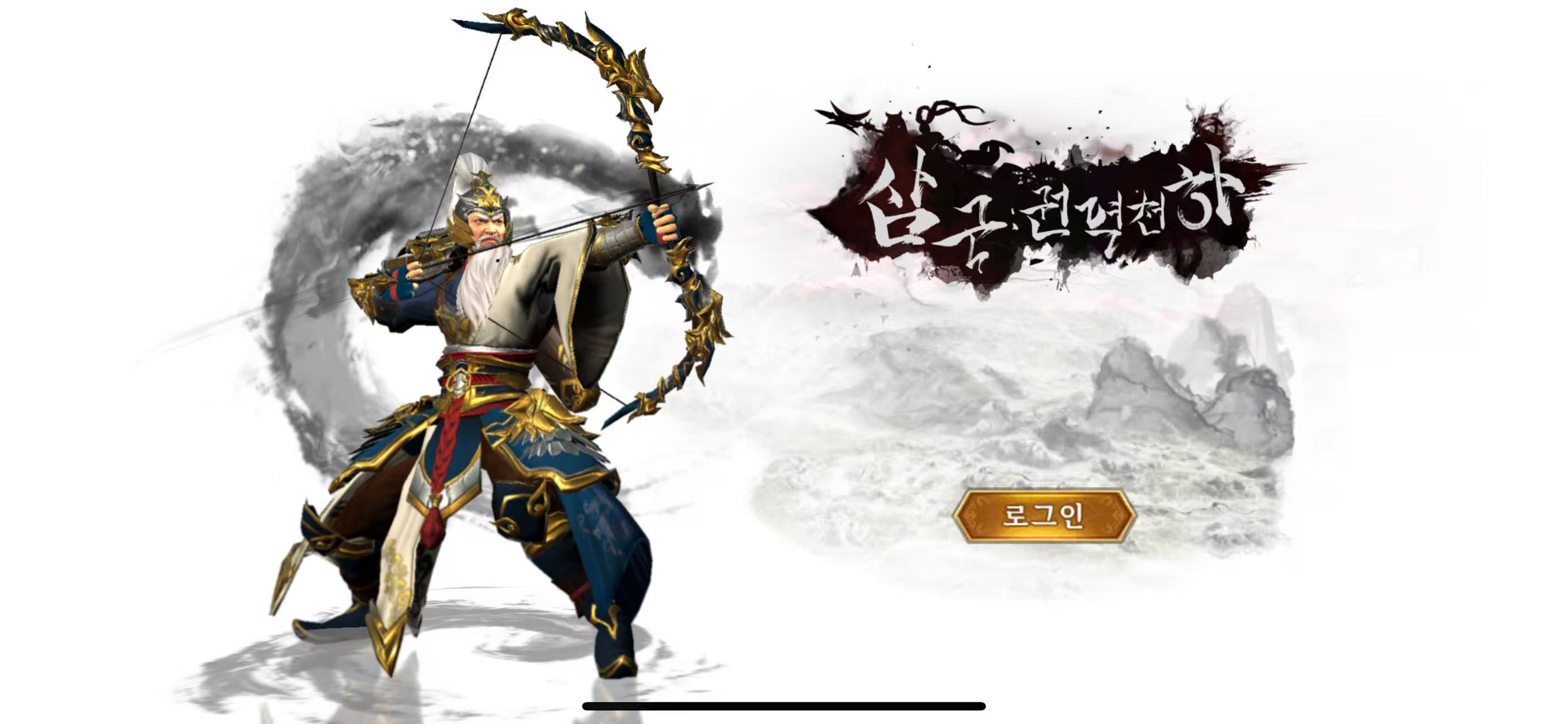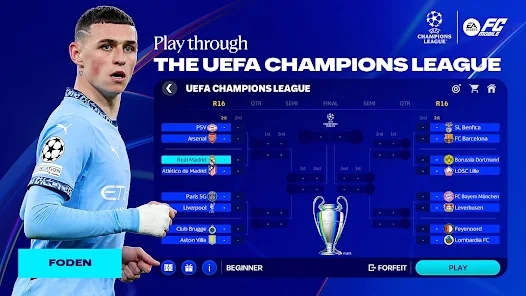From Strategy Games to Clicker Games: The Evolution of Casual Gaming
The gaming world has seen a rapid evolution over the last couple of decades, reshaping how we define and interact with entertainment. A significant part of this evolution revolves around casual gaming. In particular, strategy games and clicker games have not only expanded the industry but also diversified the audience. This article explores this journey, from intricate battlefield strategies to tapping on screens for quick rewards.
The Birth of Strategy Games
In the 1980s, strategy games emerged, capturing the imagination of gamers who enjoyed meticulous planning and execution. Classic titles such as Chessmaster pioneered this genre, combining skill with nostalgia. Games like Clash of Clans brought forth a new dimension, where mobile accessibility met strategic conquest. The thrill of developing your base and battling against others created an addictive experience, which has since become a hallmark of strategy gaming.
The Rise of Casual Gaming
With advancements in technology, the gaming landscape expanded significantly. The introduction of casual gaming coincided with the rise of smartphones, enabling quick and easy access to gaming on the go. Developers realized that not everyone had the time or inclination for complex gameplay, leading to the birth of games designed to be played in short bursts. This shift laid the groundwork for clicker games.
Understanding Clicker Games
Clicker games are fascinating in their simplicity and accessibility. These games allow players to earn rewards, typically by tapping the screen or clicking a button. While many may deem clicker games as mere distractions, they cleverly utilize psychology to keep players engaged. The thrill of exponential growth often hooks players, encouraging them to log in and tap away.
From Complexity to Simplicity: Why Clicker Games Work
- Accessibility: Anyone can pick up a clicker game and immediately understand its mechanics.
- Quick Rewards: Players experience immediate gratification, keeping them motivated.
- Progression: The sense of progress drives players to continue tapping for more upgrades.
Comparing Strategy Games and Clicker Games
So how do strategy games stack up against clicker games? Let’s break it down:
| Aspect | Strategy Games | Clicker Games |
|---|---|---|
| Gameplay Complexity | High | Low |
| Time Commitment | Long | Short |
| Player Engagement | Deep | Continuous |
| Goal Setting | Long-term | Short-term |
Popular Clicker Game Examples
Your interest in clicker games might lead you to explore some popular titles that have taken the casual gaming world by storm:
- Cookie Clicker: Start a cookie empire with a single click.
- Adventure Capitalist: Build a business empire from the ground up.
- Egg Inc: Manage a chicken farm and hatch an egg-ceptional empire.
Games Like Clash of Clans: A Gateway to Casual Gaming
Games like Clash of Clans offer a blend of strategy and casual gameplay, making them accessible yet engaging. Players can enjoy combat tactics while also indulging in the casual nature of base-building and clan wars. This model has inspired many other games that bridge the gap between intensive strategy and light-hearted gameplay.
Social Engagement in Casual Gaming
One of the highlights of both strategy and clicker games is the community aspect. Players engage with friends, join clans, and compete against one another, adding a layer of social interaction. This community engagement enhances the gaming experience, leading to lasting friendships and alliances.
The Future of Casual Gaming
As technology continues to evolve, so does the world of gaming. With VR and AR becoming more mainstream, we can only speculate how they might intertwine with casual gaming in the future. Imagine a clicker game set in a virtual reality world, where you can physically interact with the environment! The possibilities are endless.
Factors Impacting the Casual Gaming Scene
Several factors play a crucial role in shaping the evolution of casual gaming:
- Technological Advancements: Better graphics and quicker load times have made games more engaging.
- Mobile Accessibility: With more people owning smartphones, the casual gaming audience has expanded.
- Diverse Game Mechanisms: Developers experiment with various mechanics, blending genres to captivate audiences.
Conclusion
The evolution from strategy games to clicker games shows how the gaming landscape has adapted to meet diverse player needs. As we embrace this change, we see a blending of complexity and simplicity, catering to both hardcore and casual gamers. The future of casual gaming promises even more innovative experiences that will engage, entertain, and captivate players worldwide.


